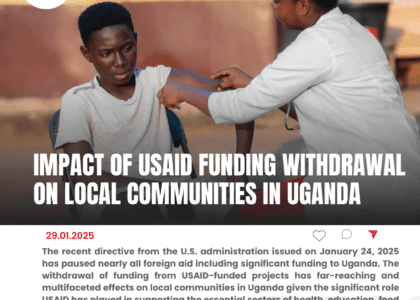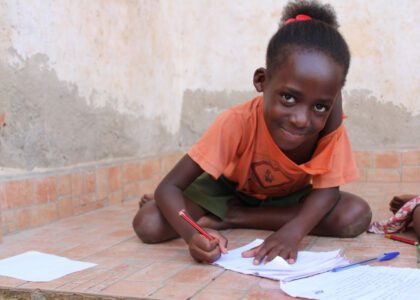What you need to know about Child Labor in Uganda
In recent years, Uganda has experienced a significant surge in child labor, rising from 14%

In recent years, Uganda has experienced a significant surge in child labor, rising from 14%

In many parts of Western Uganda, poor school infrastructure has emerged as a silent but

In Uganda today, the vision of free and inclusive education remains a national aspiration. Since

Joy for Children Uganda, through the Uganda Secondary School Expansion Project (USEEP) , has been actively

Joy for Children Uganda (JFCU) played a pivotal role in influencing the World Bank’s decision

Period poverty continues to be a major issue for millions of girls, especially in rural

Uganda is on the brink of a major health crisis following the withdrawal of USAID

JANUARY 28, 2025 The recent directive from the U.S. administration issued on January 24, 2025

The International Day of Education, celebrated every year on January 24th, was proclaimed by the

In Uganda, recent statistics indicate that the school dropout rate is notably high, particularlyamong girls.